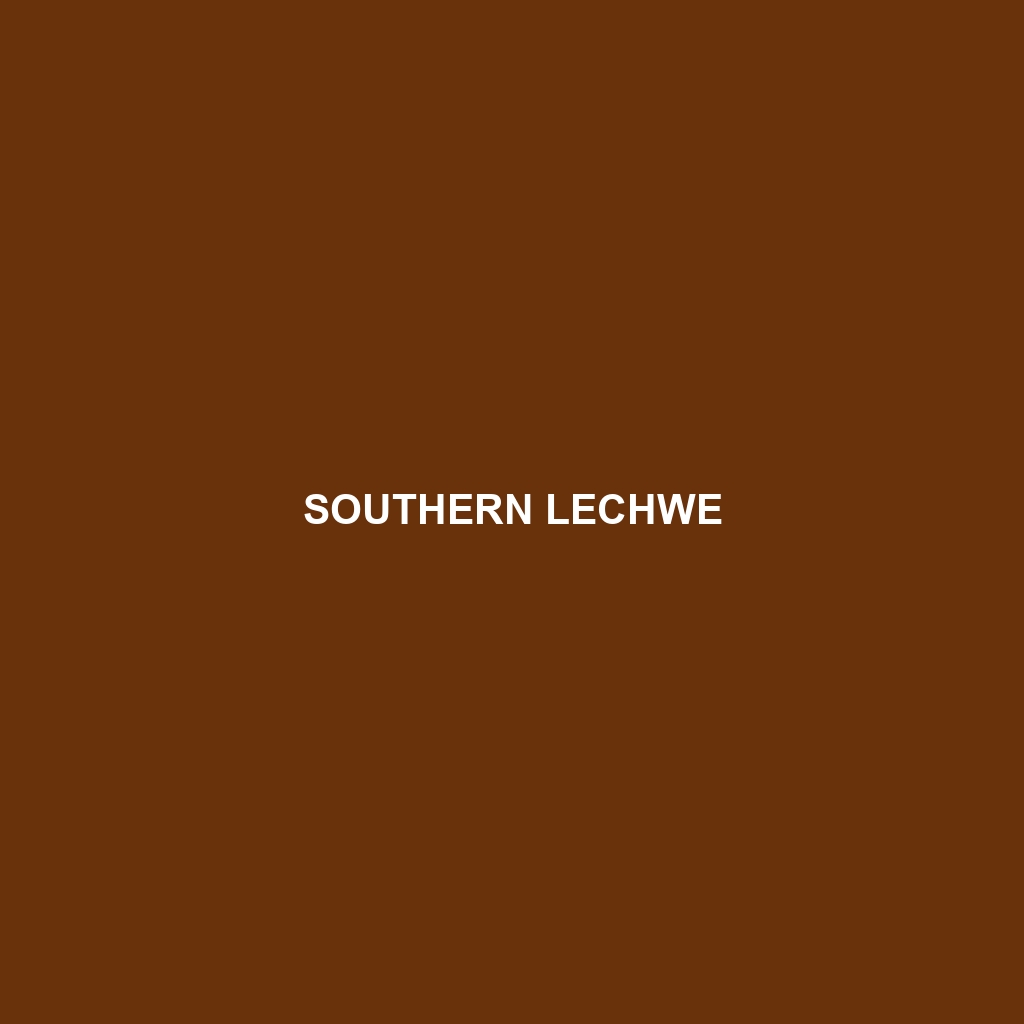Common Name: Kob
Scientific Name: Kobus kob
Habitat:
The Kob is primarily found in various regions across West and Central Africa, inhabiting wetland areas such as swamps, riverbanks, and savannas. They are particularly abundant in countries like Nigeria, Cameroon, and the Democratic Republic of the Congo, where they thrive in lush vegetation and proximity to water sources. These habitats provide essential resources for the Kob’s survival and contribute to their overall ecology.
Physical Characteristics:
Kobs are medium-sized antelopes, typically weighing between 60 to 100 kilograms (130 to 220 pounds). They exhibit a striking coat that ranges from reddish-brown to light tan, with white underparts and distinctive facial markings. Adult males possess long, curved horns that can reach up to 90 centimeters (35 inches) in length. Their slender, agile bodies are well adapted for swift movements across their natural habitats.
Behavior:
Kobs are known for their social behavior, often seen in groups called herds, which can vary in size. They exhibit a strong inclination for territoriality during the breeding season, with males performing impressive displays to attract females. Furthermore, they tend to be active during the day, engaging in grazing and stretching, which makes them visible for observation and study in their natural environments.
Diet:
The diet of Kobs is primarily herbivorous, consisting mainly of grasses and tender shoots. They prefer lush pastures found in wetland areas, which provide high nutritional value. Kobs may also browse on leaves and shrubs, especially during the dry season when grass availability decreases. Understanding their feeding habits is vital for ensuring the preservation of their natural habitats.
Reproduction:
Kobs typically breed once a year, with the peak breeding season occurring in the rainy months, ensuring abundant food availability for nursing mothers. After a gestation period of approximately 7 to 8 months, females give birth to a single calf. Mothers are highly protective of their offspring, which remain hidden in the tall grass for safety during the initial weeks of life.
Conservation Status:
Currently, the Kob is classified as vulnerable according to the IUCN Red List. Habitat loss due to agriculture, hunting, and human encroachment poses significant threats to their populations. Conservation efforts are crucial in maintaining their habitats and ensuring the survival of this iconic species.
Interesting Facts:
Kobs are known for their impressive leaping abilities, which they use to navigate obstacles swiftly. They are also noted for their distinctive alarm calls, which help alert other members of the herd to potential dangers. In some cultures, Kobs are considered a symbol of grace and agility.
Role in Ecosystem:
Kobs play a vital role in their ecosystems as herbivores, influencing plant community dynamics through their grazing habits. They serve as prey for larger predators, thus contributing to the food chain. Their presence helps in maintaining the balance within their habitats and supports the overall biodiversity of their environments.
